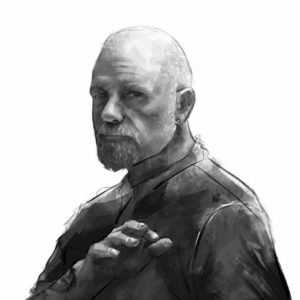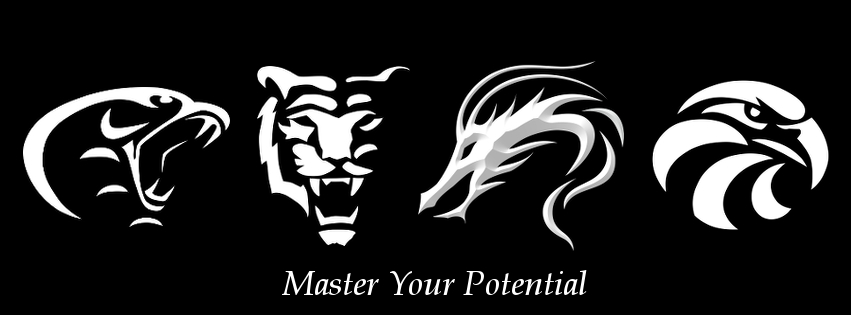A passion pursued with discipline and a discipline pursued with passion; both an art and a science.
It is from Mars, the God of war, that we derive the terms ‘Martial’ and ‘Martial Arts.’ So long as humans have felt (or indeed been) threatened by others they have developed skills to defend and/or attack. Many of these sets of skills developed into complete systems; systems that could be structured in a way that made them easier to pass on or teach. I say ‘easier’ because once you have a codified formal structure nothing gets missed out.
While there are only so many useful movements that a typical human body, with the usual compliment of limbs, can make, some movements will come more naturally to some people and be more applicable for them. If I run up and down hills every day and have very strong legs, it might be more natural for me to use a kick. If I spend my days wielding an axe and lifting cut logs around, I might find a punch comes more naturally to me. Among the ancient Greeks a martial art, referred to as pancratium in the Olympics, developed differently in different areas. In some city states they specialised in kicks, in others, throws, grappling or hand strikes. In China a similar thing happened; different styles developed in the various regions. Styles will even vary from one school to another and between individuals in the same school. With identical techniques available to them, an eighteen stone, six foot four guy will apply his skill differently to a seven stone, five foot nothing woman.
All styles developed in response to particular needs and conditions. Will the other guy be armed? What with? Will I be armed? What with? Will I be unarmed in the middle of a battle because my weapon has broken and I’ll need to take one off an enemy, preferably killing him in the process? Will I be unarmed because the military dictators of my country have forbidden weapons? Am I from a race of small statue banned from having weapons by the conquering enemy who are generally bigger and armed? The answers to all of these questions have produced particular styles of martial arts.
Over years, generations and even centuries, the original need for the martial art may have gone or changed. The practice of a style may have become a tradition within a culture; continued because ‘we’ve always done it like this’. One way to practice skills and keep them sharp is to develop a sporting contest that uses the skill. Of course sports in which competitors die soon become unpopular. However, fencing can be practiced if suitable armour is worn. Two guys can practice punching each other if they wear gloves and agree not to hit each other on the back of the head. Its possible to practice grappling on the ground if you agree not bite or rip each other’s eyes out. In this way many martial arts have flourished. To a greater or lesser extent, all of these martial ‘sports’ have retained many elements that could still be put to use in a real fight. Boxing, Muay Thai or Tae Kwon Do may be of more use in self defence than Jousting, Tai Chi (when taught as a meditative exercise) or discus.
The disciplined practice of almost any skilled activity, whether sport, dance or art will result in a range of benefits; perhaps physical fitness, a more astute analytical mind, or the deep self confidence that expertise brings. The martial arts are the perfect example of this; a discipline that strengthens the body, the mind and the spirit.
For some the emphasis of their training is the superb all round physical conditioning it can provide; not simply strength, endurance, flexibility and balance, but focused and precise control.
For some it is the rich depths of tradition, theories, principles, laws, techniques, even metaphysical philosophies that a lifetime of study couldn’t hope to truly master. Many find that the meditative focus of coordinated thought and motion aid both concentration and relaxation.
Some most value the humble quiet confidence and the sense of security that strengthens the character and overflows into all aspects of their lives; from business to relationships.
Although it’s true that different martial arts and styles offer these benefits to different degrees, it is very much up to the individual to grow in the way that suits them.









